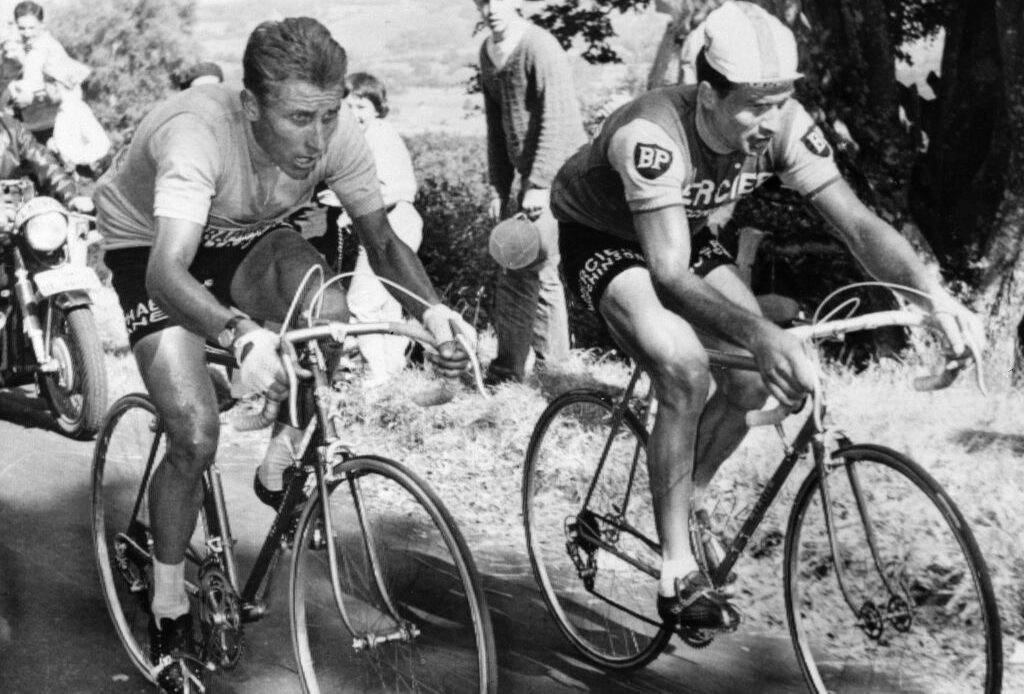The Puy de Dôme is simultaneously somehow a new and old legendary Tour de France. Its status was burnished decades ago, helped by battles between cycling champions, its difficulty, its impact on the sport’s race and its unique appearance.
This verdant, volcanic plug and its white observatory tower is visible on the horizon around the Auvergne and the city of Clermont-Ferrand below. When covered by cloud, it can appear to be floating in the sky.
When the 2023 Tour de France visits the Puy de Dôme for the finale of stage 9, it will be like greeting a long-lost friend. It has not been included in the race since 1988, when Dane Johnny Weltz was the stage winner.
Its presence in the race will provoke a twinkle in the eye of those who can recall the great battles of yesteryear. This climb from a bygone era of toe clips and wool jerseys is back for a showdown.
On this Massif Central ascent, characterised by its green and gruelling final four kilometres, legends showed their greatness.
The Puy de Dôme made its debut in the race in 1952 when Fausto Coppi was victorious on the way to a dominant Tour de France victory.
Eventual race winner Federico Bahamontes made up most of his deficit with an emphatic time-trial win there in 1959. However, the climb is still associated with Jacques Anquetil, Raymond Poulidor and the electrifying duel the pair fought up the climb 48 hours before the end of the 1964 Tour de France.
As the kilometres ticked by slowly, they rode together side-by-side and neck-and-neck, with the rock wall to their right. Neither gave in or pulled away. At last, bent over the bike and grinding slowly in the saddle, yellow jersey-clad Anquetil dropped back in the final kilometre.
The battle was lost, but he kept the race lead by 14 seconds and his fifth and final Tour win would be won. A nation was captivated and the Puy de Dôme’s place in cycling folklore was assured. Fittingly, the 182.4km ninth stage of the 2023 Tour de France which finishes there will start in Poulidor’s home of Saint-Léonard-de-Noblat.
Regularly appearing in the final week of the Tour de France over the next 25 years, the Puy de Dôme could both decide the race’s kings and contribute to dramatic dethronings.
In 1975, Eddy Merckx was punched in the kidneys by a spectator close to the finish, an incident which contributed to his toppling by Bernard Thévenet two days later. It would be the last time Merckx ever wore the Tour’s yellow jersey in…
Click Here to Read the Full Original Article at CyclingNews RSS Feed…

